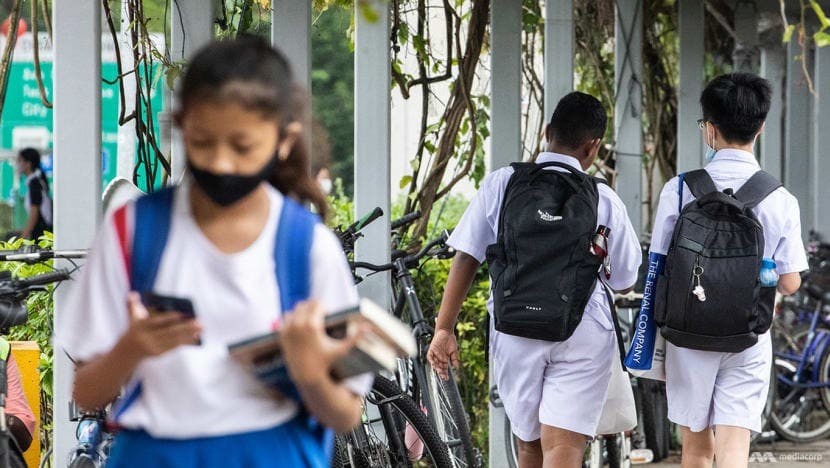NDR 2024: How the Gifted Education Programme has evolved through the years

The Gifted Education Programme will be revamped to benefit more pupils. (Photo: TODAY/Ili Nadhirah Mansor)

This audio is generated by an AI tool.
SINGAPORE: Back in 1984, the Ministry of Education (MOE) implemented the Gifted Education Programme (GEP) to nurture higher-ability students.
The first GEP batch had 100 Primary 4 pupils and 100 Secondary 1 students. Currently, 370 to 400 primary school pupils, or 1 per cent of the cohort, are accepted to the GEP each year.
At his inaugural National Day Rally on Sunday (Aug 18), Prime Minister Lawrence Wong announced that the programme will undergo a revamp to include higher-ability students across all primary schools.
"Every primary school will have its own programmes to stretch these students in their areas of strength and interest," he said.
TODAY takes a look at how GEP has evolved over the last 40 years.
1981: Then-Minister of State for Education Tay Eng Soon leads a team to study gifted education programmes in Russia, Germany and Israel. They decide the Israeli model, which features classrooms specific for academically-inclined students, is the most suitable for Singapore.
1983: The "Gifted Project" concept paper is drawn up, which details the objectives of GEP among other things. MOE then sets up the Gifted Education Branch in May 1983 to select teachers and students for GEP, conduct teacher training sessions and prepare the GEP curriculum.
At the end of the year, about 40,000 Primary 3 pupils go through the first selection test, of which 100 students are selected for the pilot at Raffles Girls’ Primary and Rosyth School.
The top 5 per cent of Primary School Leaving Examination (PSLE) pupils are also tested, of which 100 students are selected for the pilot GEP in Raffles Institution and Raffles Girls’ School.
1984: The GEP starts and is expanded to more schools over the years. By 2003, nine primary and seven secondary schools offer the programme.
2004: MOE introduces the Integrated Programme (IP) for secondary school students who are allowed to skip the GCE O-Level examination as part of a through-train six-year programme. These students graduate with a GCE A-Level certificate, International Baccalaureate Diploma or NUS High School Diploma, depending on which IP school they attend.
2005: A study finds that several GEP students have trouble coping and are ostracised by their peers. A TODAY report finds that GEP students are segregated from other students and as such have problems relating to the everyday person.
2008: To mitigate growing criticism that the programme breeds elitism, GEP students start spending half of their curriculum time with non-GEP students. As the IP rises in popularity, MOE discontinues GEP in secondary schools due to low enrolment. Instead, gifted students can attend school-based GEP in IP schools.
Aug 18, 2024: Mr Wong announces that GEP will be discontinued in its current form and primary schools will have their own programmes to help pupils "grow in their areas of strengths and interests". Minister for Education Chan Chun Sing is expected to announce more details at a later date.
This article was originally published in TODAY.
















